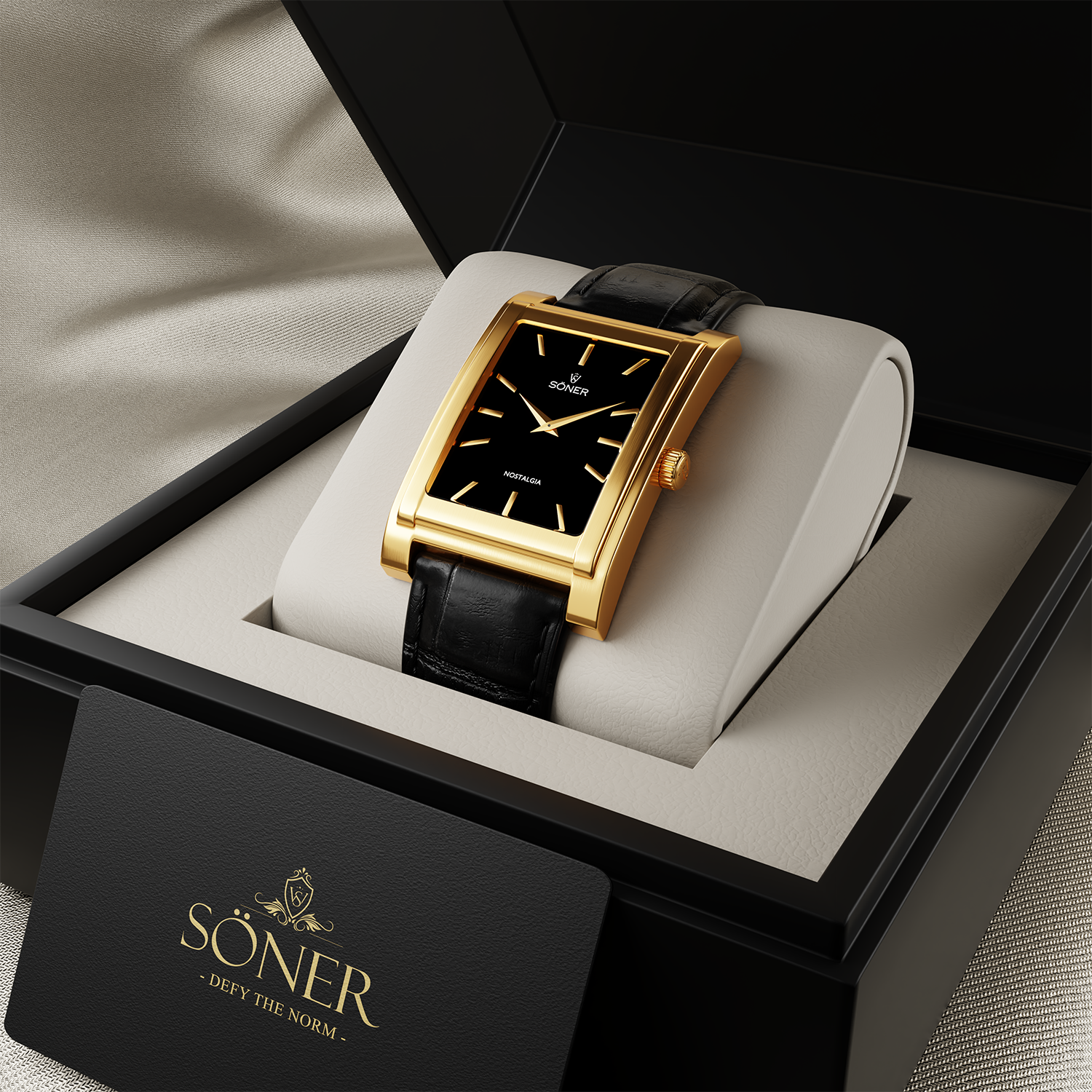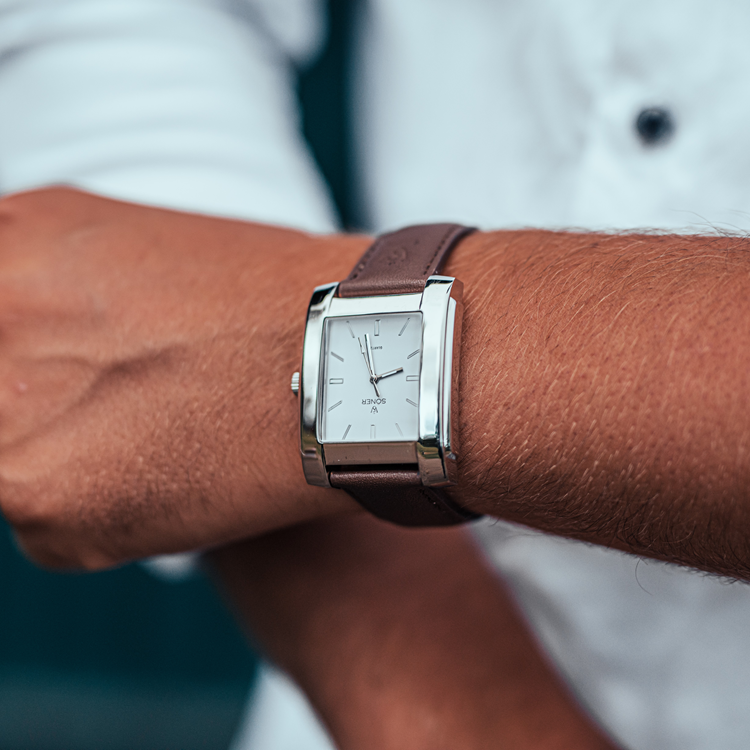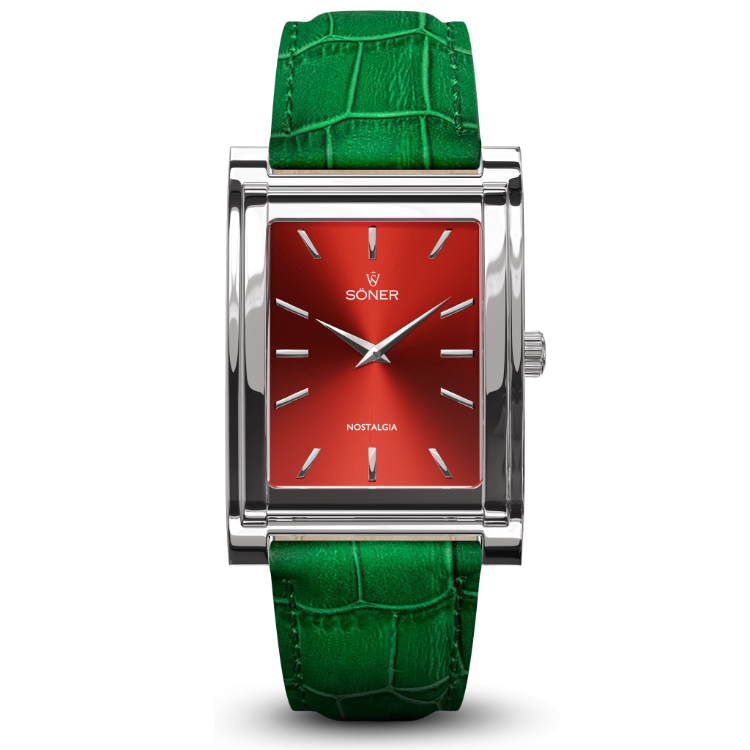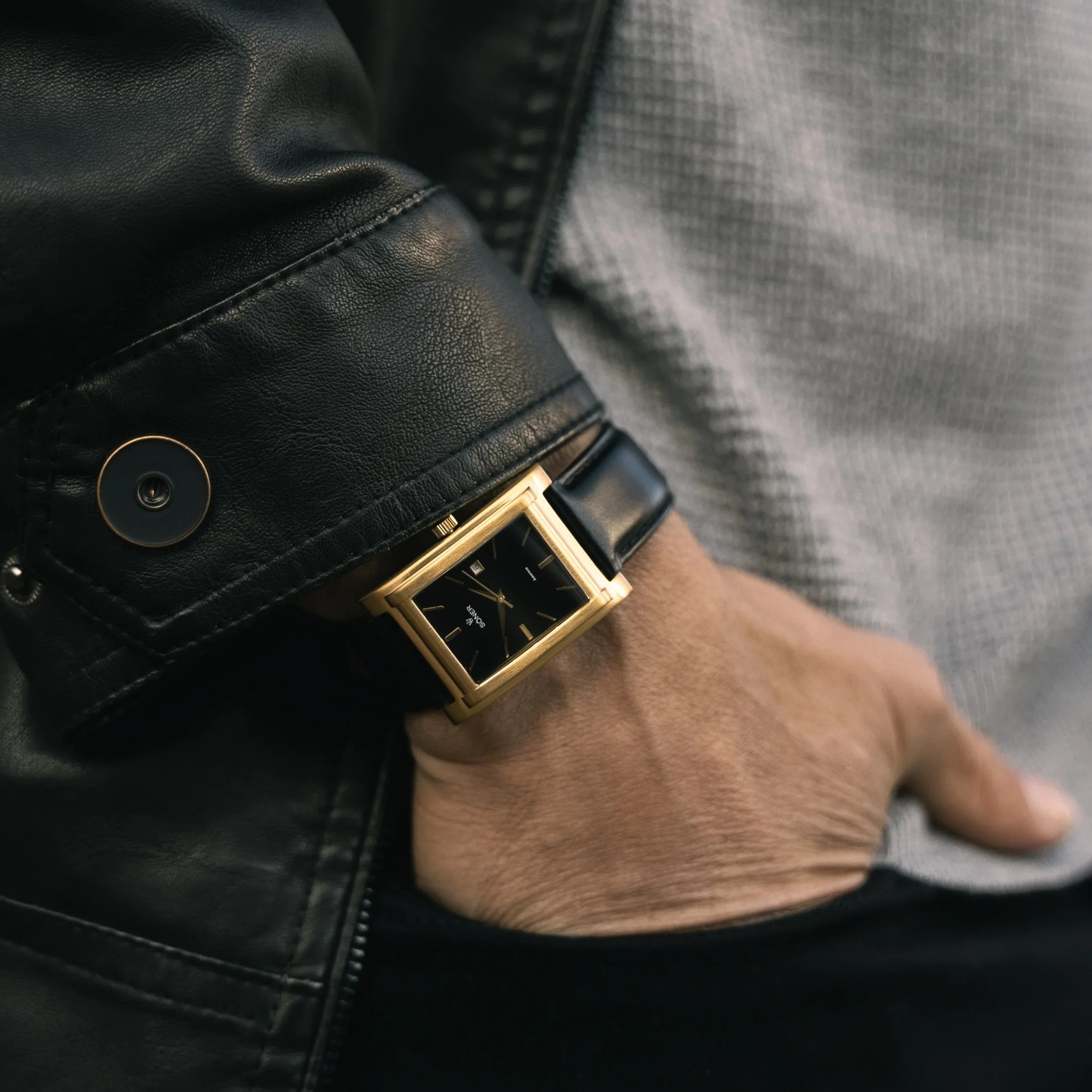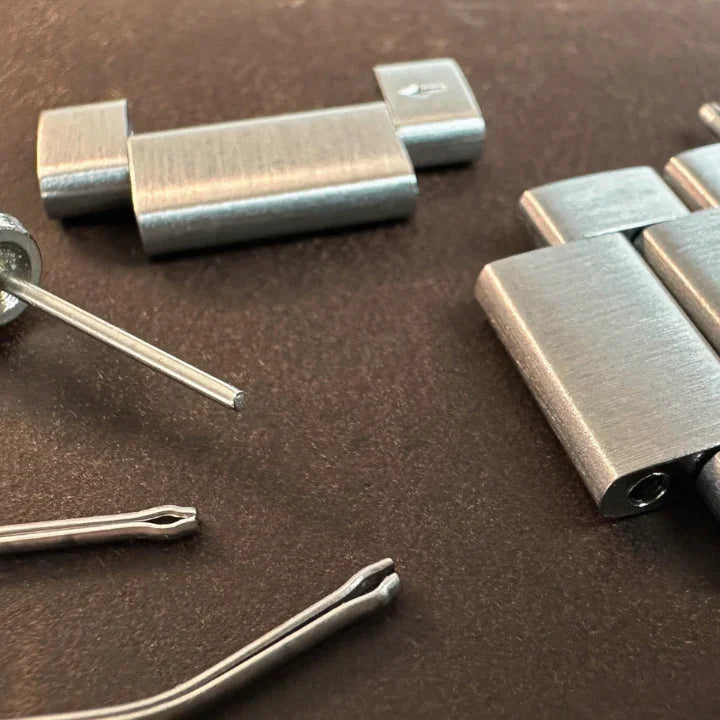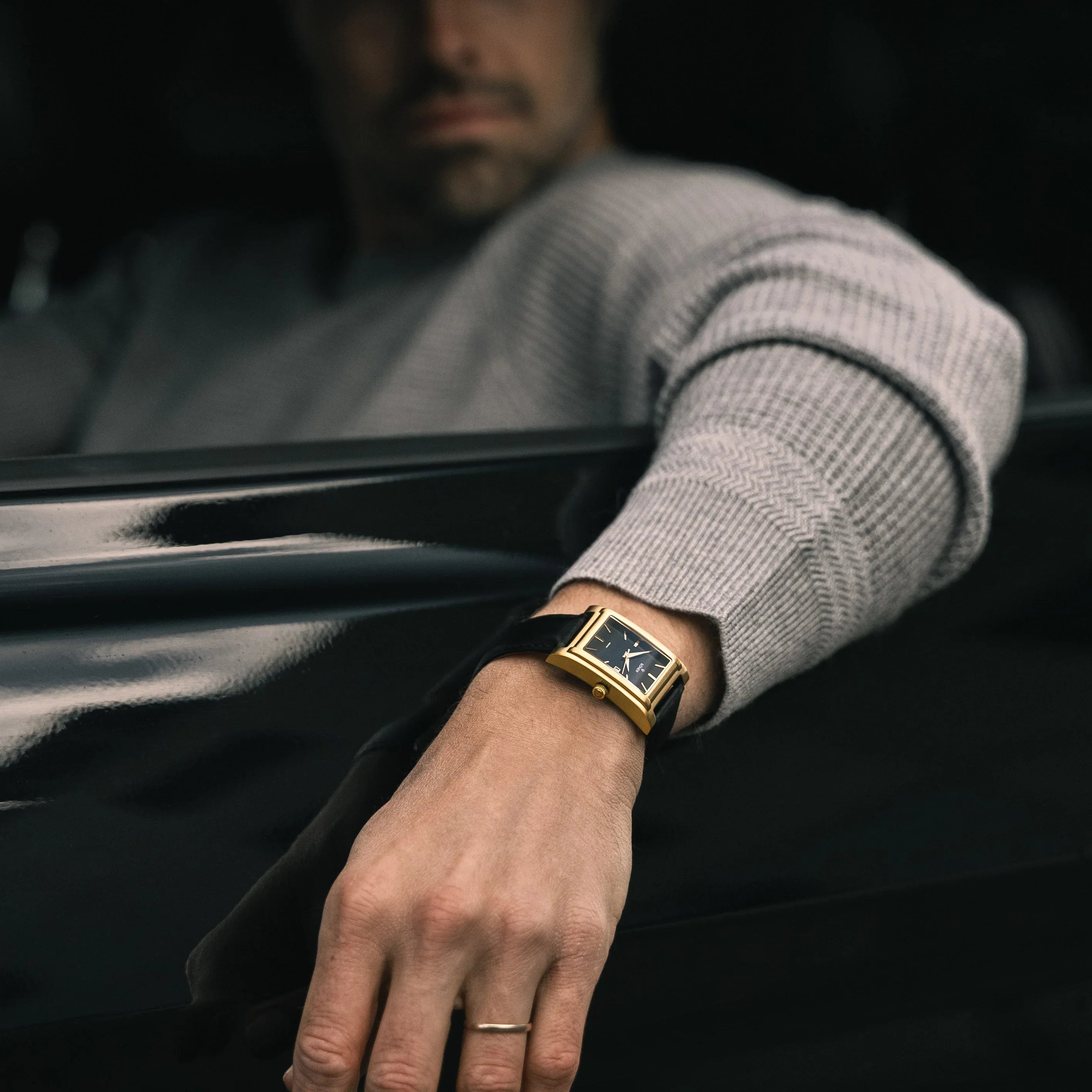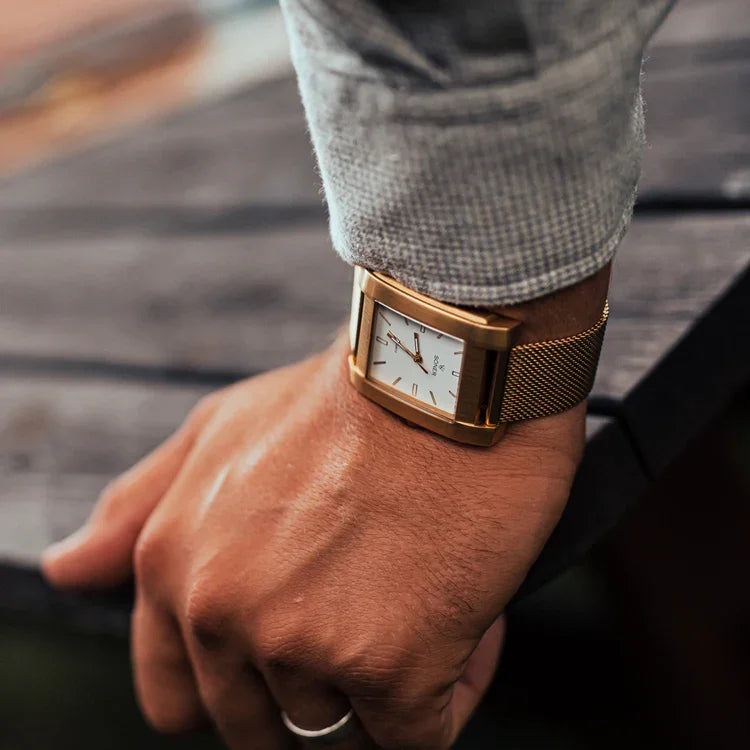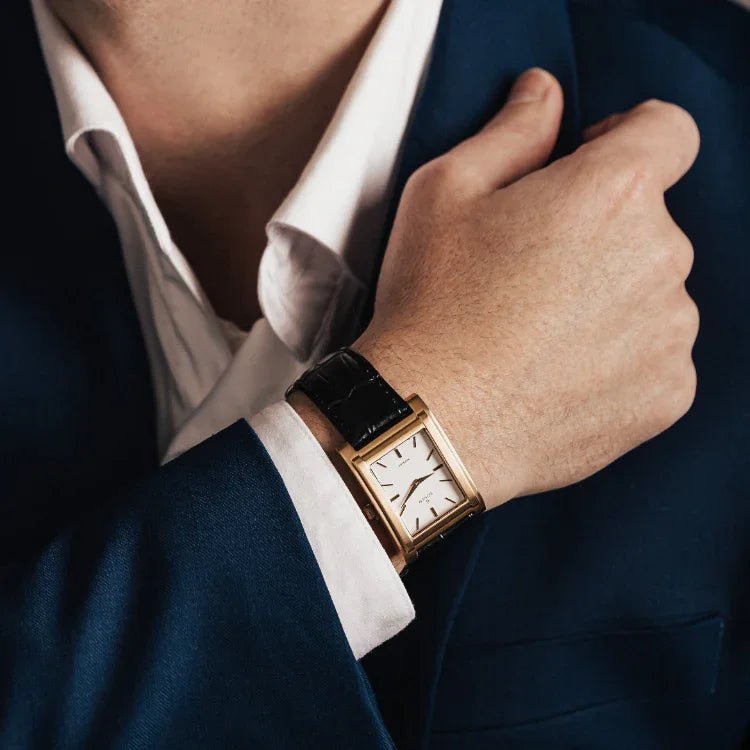Table of Contents
Watch Straps Bracelets Functionality
The strap or bracelet of a wristwatch isn’t just a functional necessity—it’s a key element of the watch’s overall style and comfort. It can transform the personality of a watch, making it suitable for formal events, rugged adventures, or casual outings. This article will explore the diverse world of watch straps and bracelets, examining their materials, mechanisms, and how they contribute to both the aesthetics and functionality of a timepiece.
Types of Watch Straps and Bracelets
1. Leather Straps
A timeless choice, leather straps exude sophistication and versatility.
- Materials: Commonly crafted from cowhide, alligator, or calfskin, with exotic leathers like ostrich or lizard for luxury models.
-
Styles:
- Smooth Leather: Clean and formal, perfect for dress watches.
- Alligator or Crocodile Pattern: Adds a touch of luxury and texture.
- Advantages: Comfortable, breathable, and adaptable to most watch styles.
- Care: Leather straps require regular cleaning and conditioning to maintain their appearance.

2. Metal Bracelets
Durable and versatile, metal bracelets offer a modern and robust aesthetic.
-
Types of Metal:
- Stainless Steel: Durable, corrosion-resistant, and versatile.
- Gold or Two-Tone: Adds luxury and elegance.
- Titanium: Lightweight and hypoallergenic.
-
Styles:
- Oyster: A robust and sporty design with flat links.
- Mesh (Milanese): A woven design that provides a sleek, minimalist look.
- Jubilee: Polished and elegant with smaller, rounded links.
- Advantages: Long-lasting and easy to clean, ideal for daily wear.

3. Rubber Straps
Perfect for sports and dive watches, rubber straps combine functionality with a modern aesthetic.
- Durability: Resistant to water, sweat, and extreme conditions.
- Styles: Available in a variety of colors and textures, from smooth finishes to rugged patterns.
- Comfort: Flexible and lightweight, ensuring a secure fit during active use.
4. Fabric Straps
Fabric straps provide a casual, laid-back look while offering excellent durability.
-
Types:
- NATO Straps: Single-piece straps that slide under the watch, known for their military origins.
- Canvas: Rugged and breathable, ideal for outdoor activities.
- Advantages: Affordable, washable, and available in numerous colors and patterns.
- Drawbacks: May lack the elegance of leather or metal.
5. Exotic and Hybrid Materials
Modern watchmakers are experimenting with materials like carbon fiber, Kevlar, and silicone.
- Purpose: Designed for performance, these straps combine strength with lightweight properties.
- Style: Often used in high-performance or avant-garde watches.
Quick-Release Mechanisms
Quick-release straps have revolutionized the ease of changing watch straps, allowing wearers to adapt their watch to different occasions seamlessly.
- Mechanism: Features a small lever on the underside of the strap that releases the spring bar, eliminating the need for tools.
- Advantages: Encourages versatility, enabling wearers to switch between leather, metal, or fabric straps within seconds.
- Popularity: A common feature in modern watches, appealing to those who value customization.

Impact of Straps on Fit and Comfort
- Strap Width: The width of the strap should match the lug width of the watch. Standard sizes range from 18mm to 24mm. Wider straps suit larger, sporty watches, while narrower ones complement smaller, dressier models.
- Adjustability: Metal bracelets often feature micro-adjustment mechanisms for a perfect fit. Leather and fabric straps provide holes for easy size customization.
- Ergonomics: Straps like Milanese mesh or supple leather conform to the wrist for maximum comfort. Rubber straps often feature perforations for breathability during physical activity.
Care and Maintenance of Straps and Bracelets
- Leather Straps: Avoid exposure to water, as it can damage the material. Use a leather conditioner periodically to keep the strap supple. Clean with a damp cloth and mild soap for stains.
- Metal Bracelets: Clean regularly with a soft brush and soapy water to remove dirt and sweat. Polish with a microfiber cloth to restore shine.
- Rubber and Fabric Straps: Rinse with water after exposure to sweat or saltwater. For fabric straps, hand wash with mild soap and air dry.
How to Choose the Right Strap
- Consider Your Lifestyle: Active lifestyle: Rubber or fabric straps are durable and comfortable. Formal occasions: Leather or metal bracelets exude elegance. Everyday wear: Stainless steel or hybrid materials offer versatility.
- Match Your Style: Look for straps that enhance the watch’s overall design. Experiment with interchangeable straps to keep your watch collection fresh.
- Focus on Quality: Invest in high-quality materials to ensure durability and comfort. Check for well-crafted stitching, secure clasps, and reliable quick-release mechanisms.






